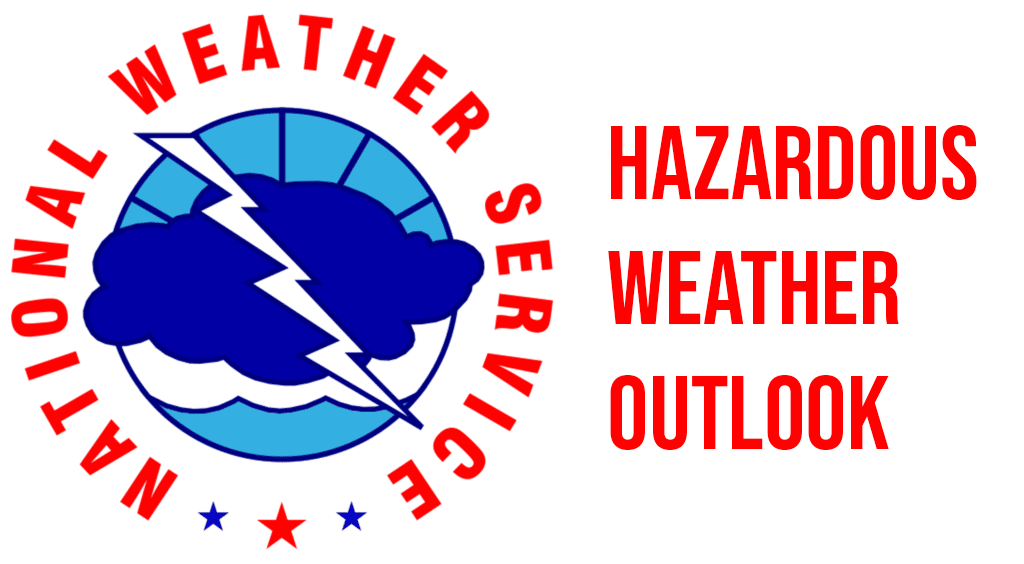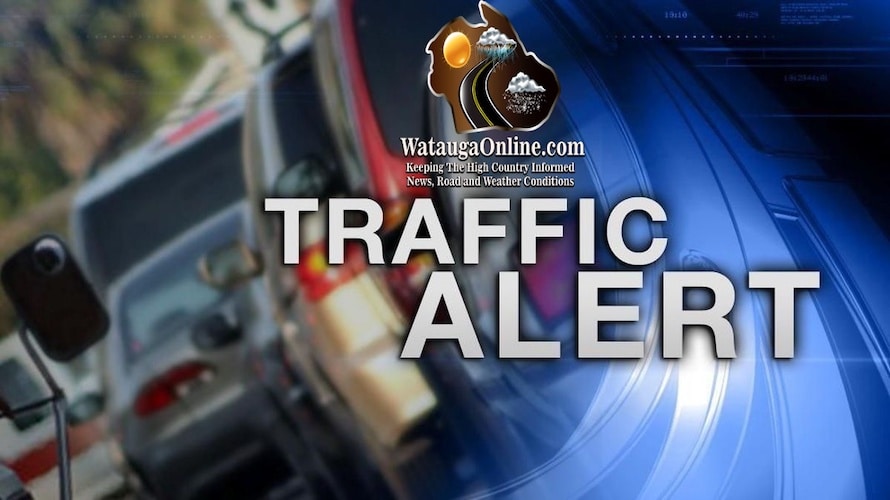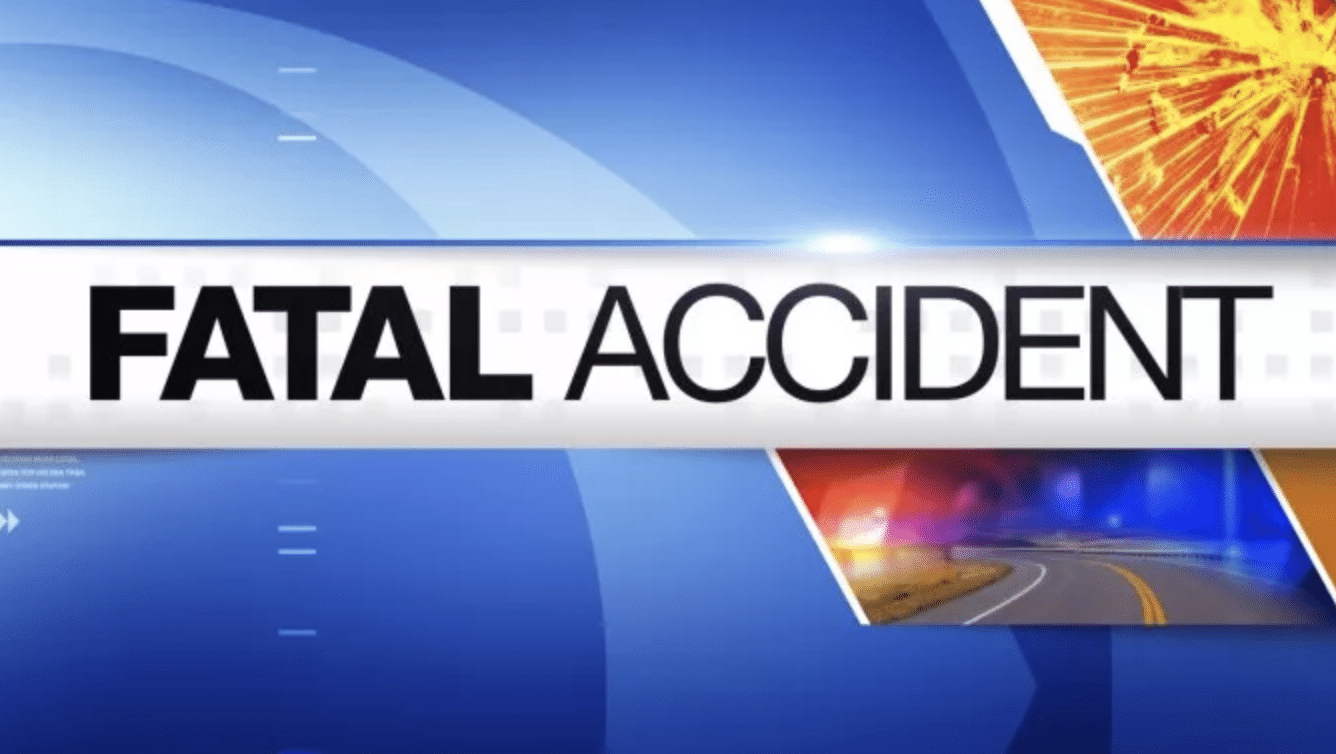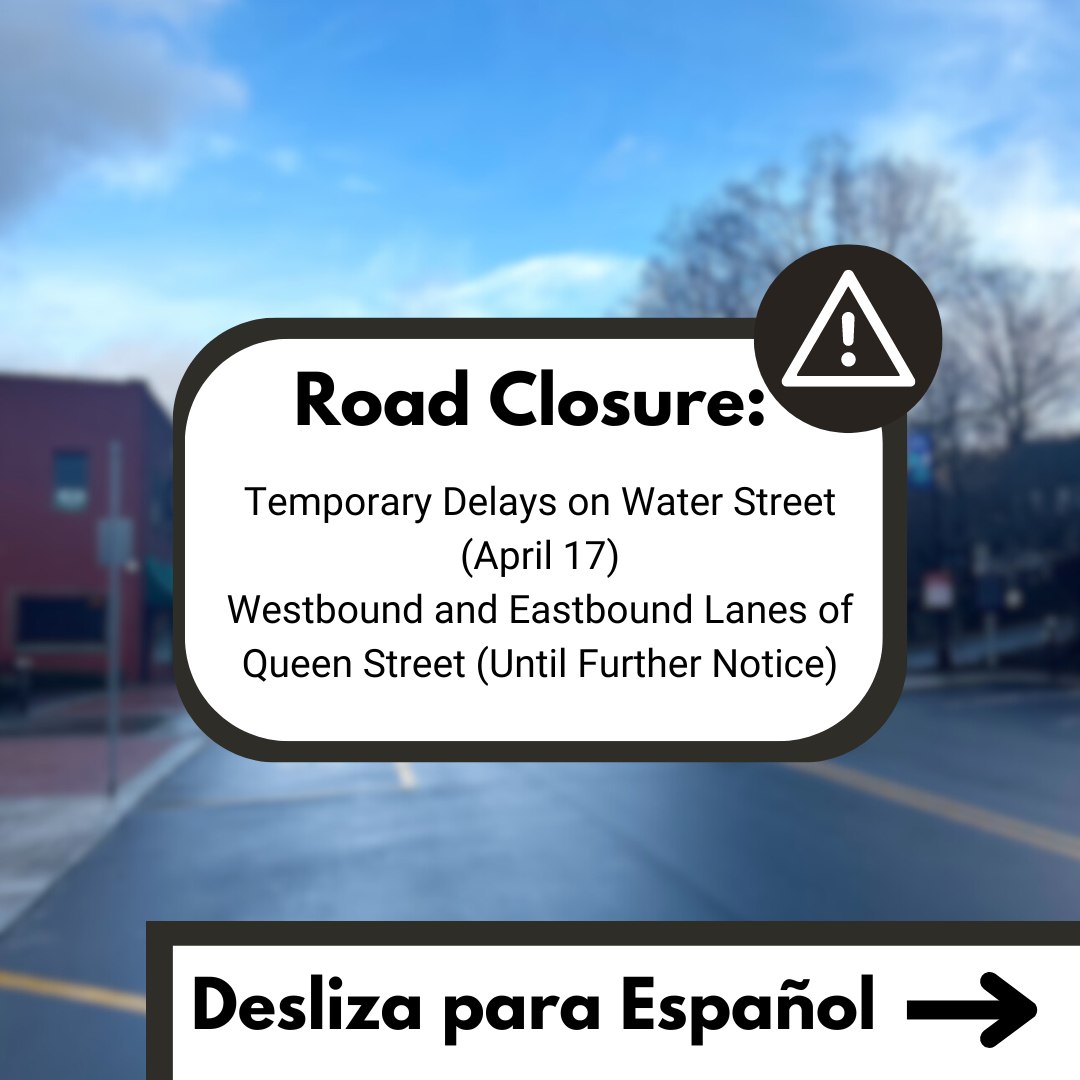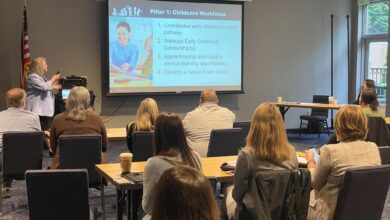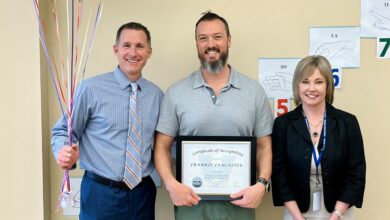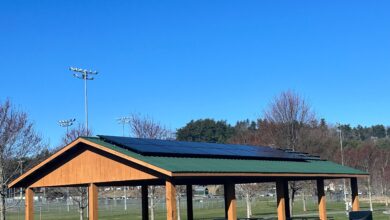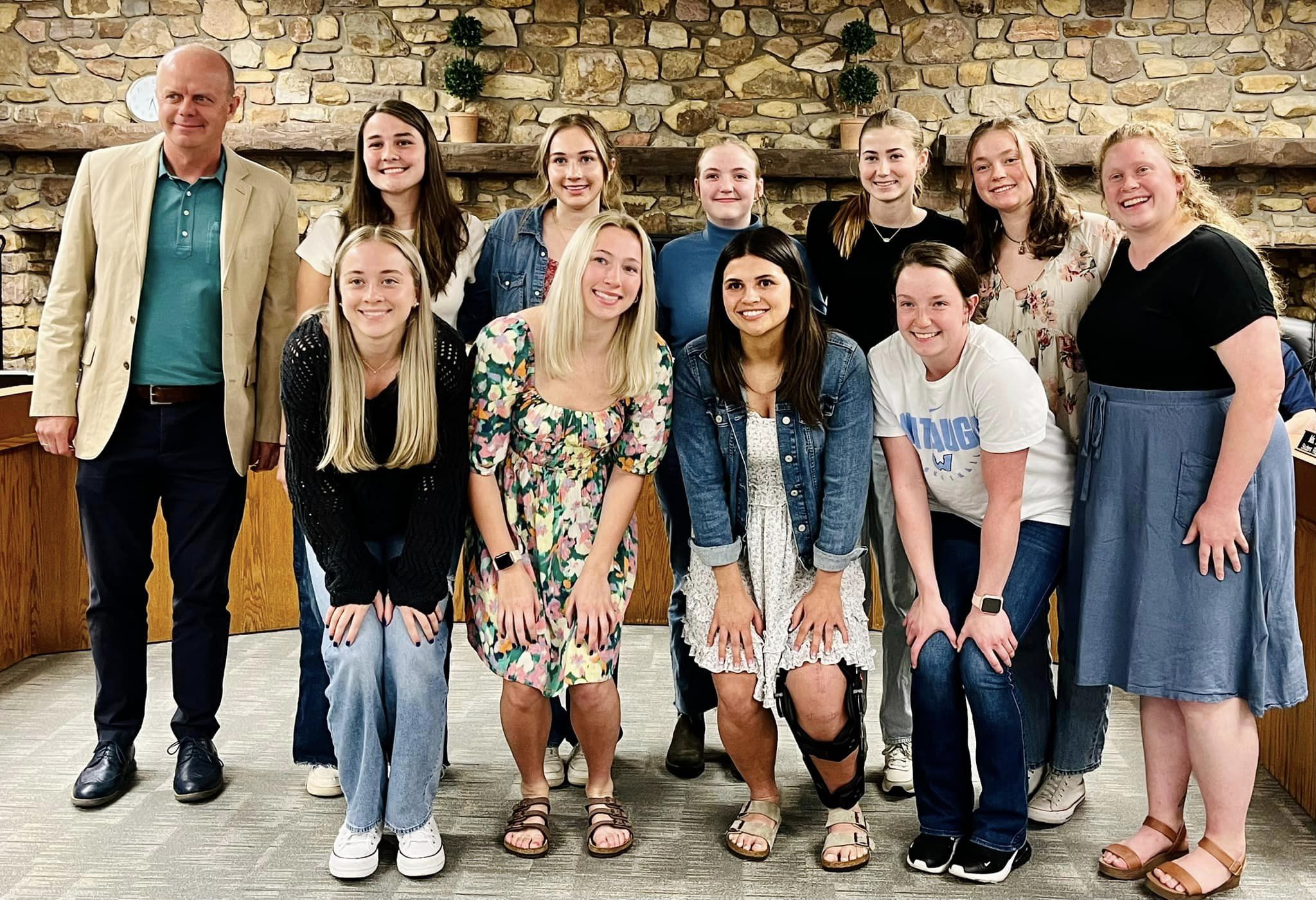Last Updated on November 2, 2015 6:52 pm
The end of daylight saving time means one less hour of daylight for the evening commute.
That also means drivers, pedestrians and cyclists need to start paying extra attention to their surroundings as evening approaches. For many people, the time change means the commute home, or the evening walk, run or bike ride will take place in the dusk or even darkness of night.
There are some very easy steps to take to improve your safety in such conditions, like making sure you turn on your vehicle headlights, and for walkers, runners and bike riders, carrying a light and wearing bright, preferably reflective clothing.
Other tips for motorist include:
- Protect your eyes from glare – allow them to adapt to darkness before driving, especially as you get older.
- Adjust the rearview mirror to the “night” setting to avoid headlight glare.
- Make sure your headlights and windshield (including the inside) are cleaned off and clear.
- Make sure your headlights are properly aimed as when pointing the wrong way they can blind others on the road and reduce your ability to see where you are going.
- If going east in the morning or west in the afternoon, allow extra travel time as you may be dealing with sun glare as it sets and rises.
- As dusk approaches, take off sunglasses.
- Slow down and leave more space between your vehicle and the one in front of you, especially on unlit or winding roads as the faster you go, the less reaction time you will have to avoid a collision with another vehicle, cyclist, pedestrian or animal.
- Be mindful that high beams can blind an approaching driver, cyclist or pedestrian, so quickly switch to low beams in that situation.
- If you are blinded by light from a vehicle coming from the opposite direction, look down and toward the right edge of the road.
- Pay extra attention to the possibility of pedestrians, cyclists and deer along the roadway.
For pedestrians and cyclists:
- Pedestrians should walk facing traffic so they see oncoming vehicles.
- Cyclists should travel in the same direction as other vehicles.
- In addition to wearing brightly-colored or even reflective or fluorescent clothing, put reflective strips on items you may be carrying.
- When crossing at a traffic signal, remember to look right and left and don’t depend just on the light or a crosswalk signal.
- Avoid jaywalking and crossing a road between parked vehicles.






